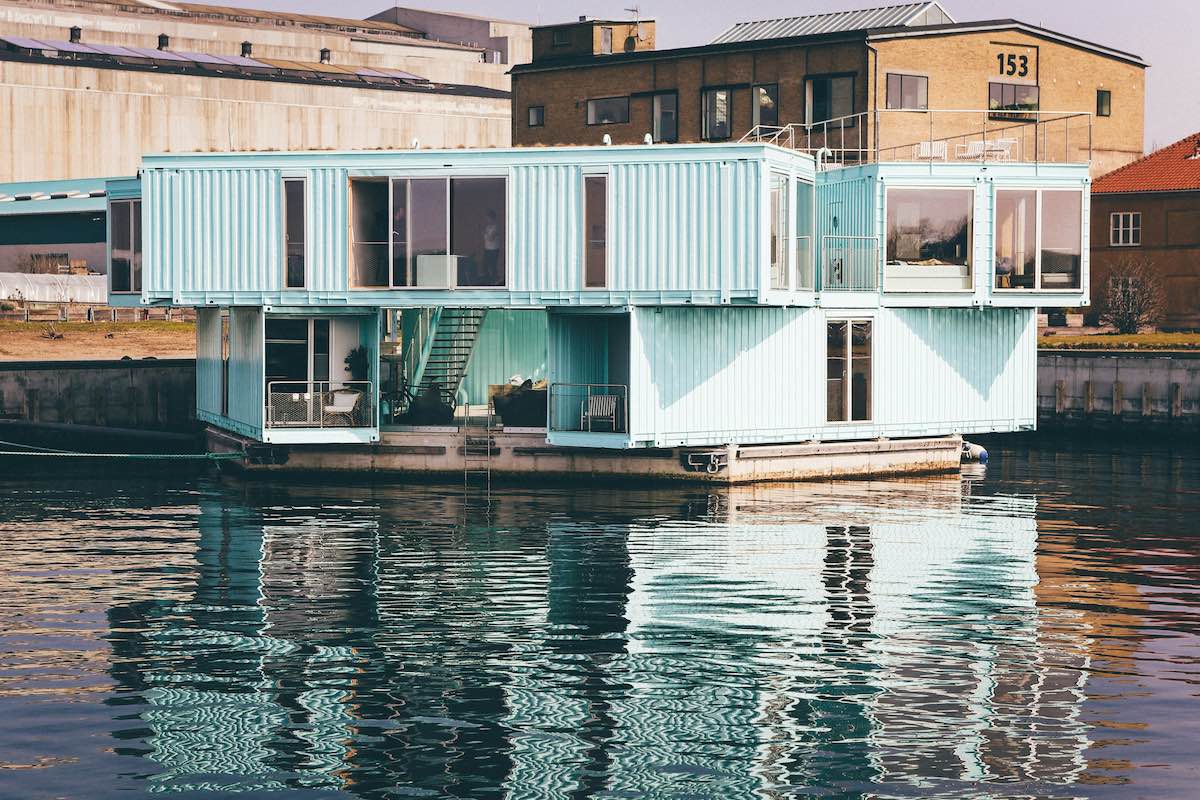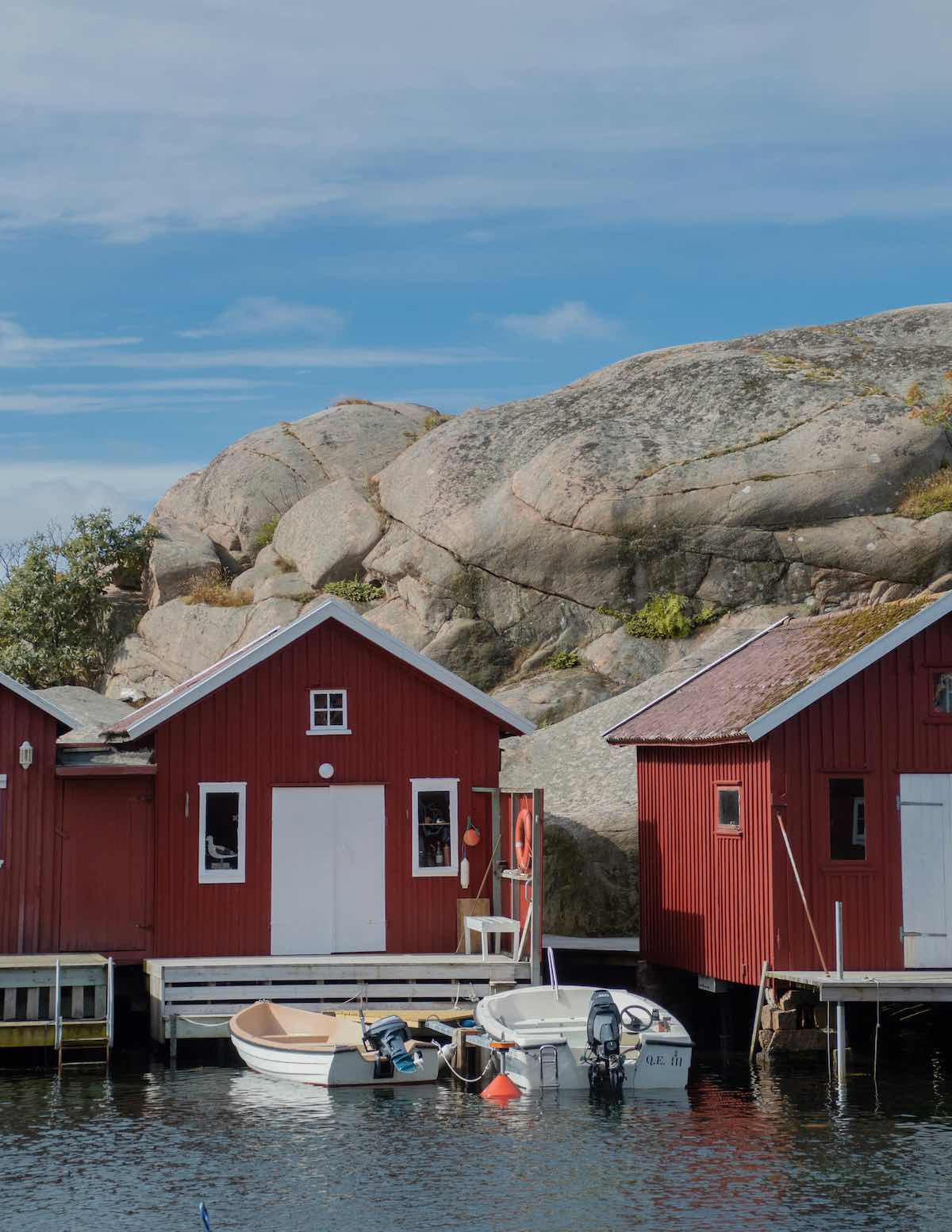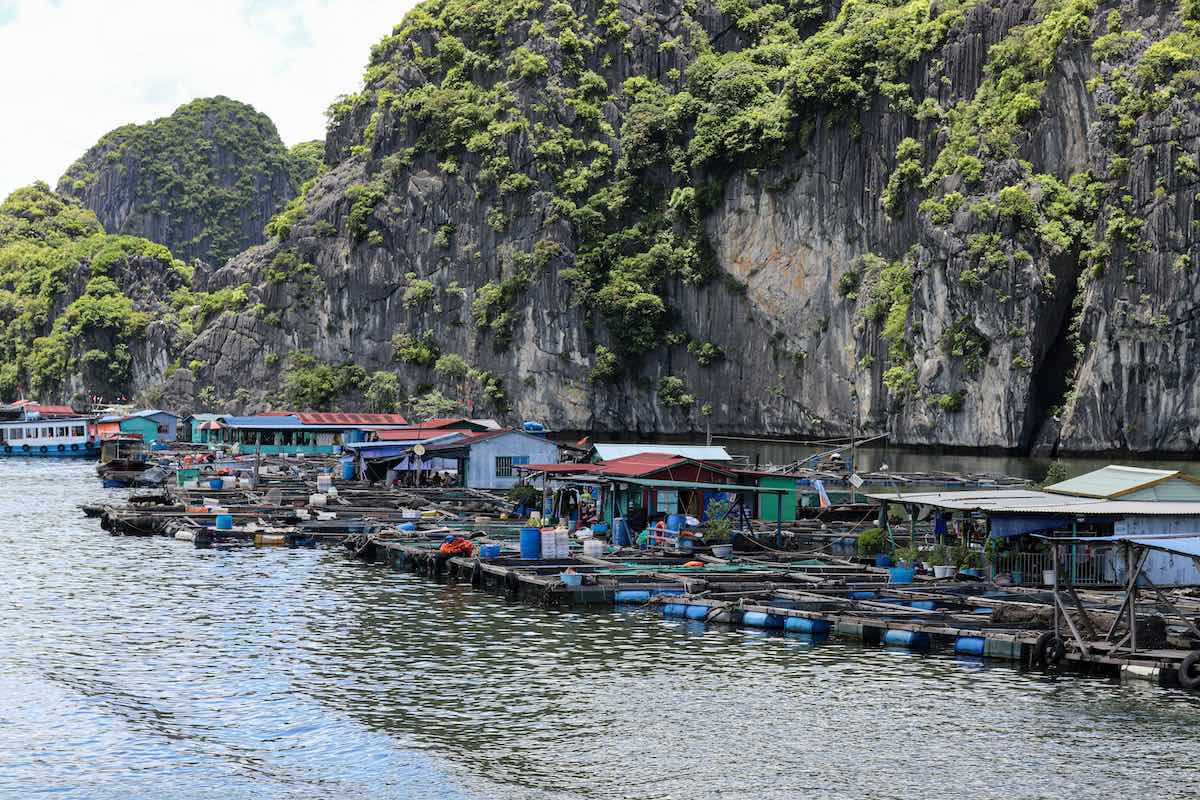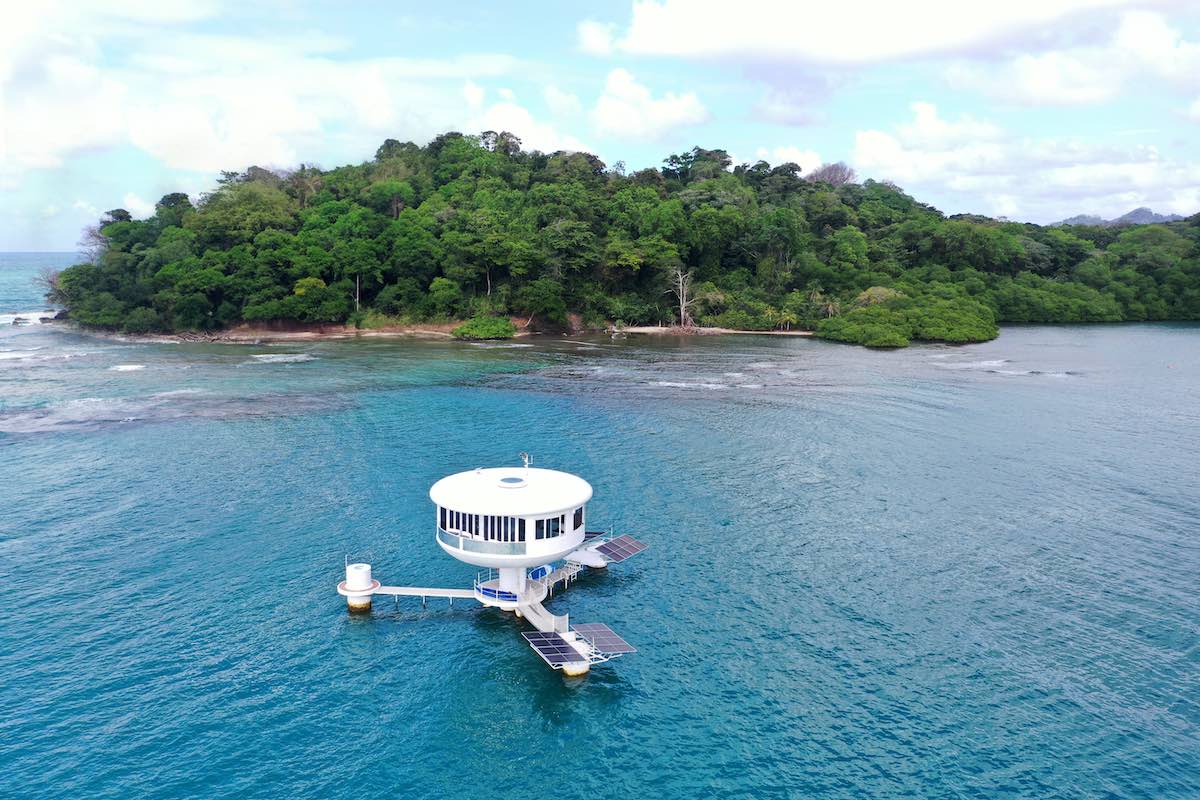
Floating Homes | From Ancient Villages To Modern Masterpieces
Curious about living on water? Floating homes provide a sustainable lifestyle that emphasises community and adaptability. Discover the rich history behind floating communities and the way these origins have influenced the modern floating home.
FLOATING HOMES | A SUSTAINABLE SOLUTION FOR THE FUTURE
Floating homes are architectural marvels designed to rest on water. Usually found on lakes or rivers, these homes float upon pontoons or platforms, offering a unique living experience that adapts to changing water levels and is inherently sustainable. Unlike houseboats, floating homes are permanently moored and have no means of self-transportation.
With climate change driving rising sea levels and increasing weather extremes, the need for adaptable and eco-friendly housing solutions has never been more urgent. Floating homes present a resilient alternative, allowing structures to rise and fall with water levels while integrating green technologies to minimise environmental impact.
Although floating homes might seem modern, they have deep historical roots. Historically, humans have built communities near water for survival, and in some cases, this meant actually living on the water. These floating villages and communities still exist all over the world. This article explores the phenomenon of floating homes and their history. We delve into the origins of floating communities, their influence on modern homes on water, and the inherent sustainability of choosing to live on water.

TRADITIONAL FLOATING COMMUNITIES
One of the most famous floating villages is located on Tonle Sap Lake in Camodia. This community has existed for centuries, developed in response to the lake’s constantly changing water levels. Other examples include in Ha Long Bay in Vietnam and the Uros Islands in Peru, which have thrived for hundreds of thousands of years, relying on fishing and aquaculture.
Traditional floating communities are built on strong social structures that revolve around shared resources and communal spaces. They use local materials such as reeds or bamboo, which offer buoyancy, helping adapt to the changing water levels. Some homes are also built on stilts to avoid flooding during water level rises.
Sustainability is crucial for the survival of these water villages. Fishing, agriculture, and other water-based resources are the primary sources of income and food. These practices, combined with the use of local resources such as bamboo and reeds for building, contribute to the hyper-sustainability of these floating communities.
Modern floating communities also exist. In Amsterdam, Schoonschip is a floating neighbourhood consisting of 46 houses. This sustainable community is powered by renewable energy, including solar panels and heat pumps and the community is designed with a strong focus on water management and self-sufficiency.

FLOATING HOMES TODAY
Modern floating homes draw inspiration from these traditional communities. They too can rise and fall with changing water levels and emphasise sustainability. Their water location avoids extensive land excavation, and although modern materials like concrete and steel are common, the principles of using lightweight, buoyant, and locally sourced materials remain influential in the design process. Floating homes typically use a high percentage of renewable energy, with solar panels, water filtration systems and green roofs being commonplace.
The world’s first completely self-sustaining floating home is called the SeaPod, located off the coast of Panama. Created by Ocean Builders, the SeaPod is a sleek modern building with panoramic ocean views and advanced sustainable technology such as solar panels, rainwater harvesting, and systems for waste management. The purpose of this home is not only to create a luxury and off-grid living experience, but to promote marine life by creating artificial reefs beneath the structure. Through this eco-restorative approach the SeaPod is revolutionary, combining luxury with sustainability and environmental restoration.

PROS AND CONS OF LIFE ON WATER
Living on water offers a unique lifestyle with many advantages, such as stunning views, a close connection to nature, and an inherently sustainable way of life. The emphasis on community is fading in our modern society. Reconnecting with this lifestyle offers numerous social and mental health benefits. Being part of a close-knit community fosters a sense of belonging, while tranquil water surroundings can reduce stress and promote a more mindful, relaxed way of living. This blend of social connection and natural tranquillity makes water life an appealing choice for those seeking balance and well-being.
However, water life also comes with challenges. Homes are more exposed to weather extremes, maintenance can be more complex, and there may be legal or zoning hurdles to navigate. Additionally, while floating homes provide a peaceful retreat, the proximity to water can sometimes mean isolation or limited access to certain amenities.
YOUR OWN FLOATING HOME
If you want to experience life on a floating home there are many ways to make it happen. Companies such as Eco Floating Homes, who design and build stylish and contemporary floating homes, help you to design your own. You can also rent floating homes through sites like House and Boat Odra and AirBnB, allowing you to test the waters before committing to this unique lifestyle.
+Highlight Image: ©Nick Karvounis via Unsplash








